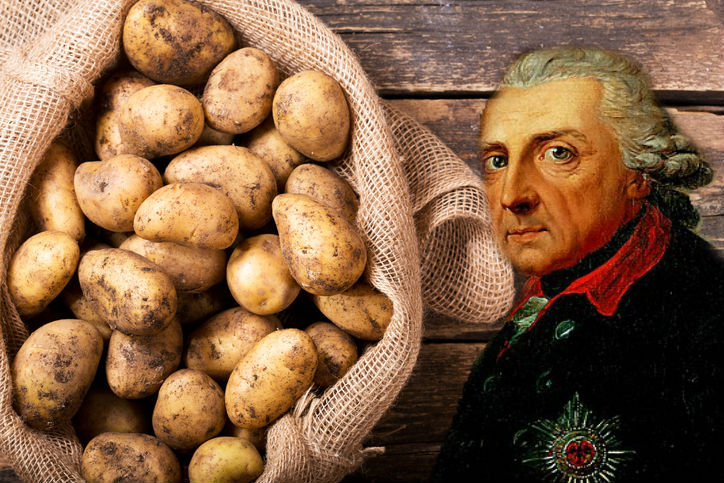While potatoes are everywhere on dinner plates these days, the idea of eating spuds in Europe is a relatively recent phenomenon. Go back 300 years and the crop was a tough sell. Believe it or not, it took a lot of time for Europeans to get their heads around the potato.
In terms of world civilization, Mankind had known about them since 400 BC. Cultures as ancient as the Incas had enjoyed their diverse properties and they were regularly sprouting from the Andes. Yet when Spanish conquerors discovered the grubby-looking object in 1537, putting it in their mouths was the last thing they wanted to do.
This bad reputation was down to a combination of aesthetics and associations. History Magazine outlined the main issues Europe’s developing population had with the humble potato.
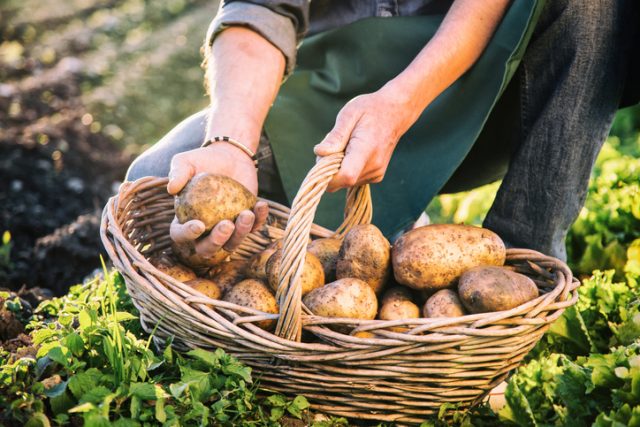
“Even peasants refused to eat from a plant that produced ugly, misshapen tubers and that had come from a heathen civilization. Some felt that the potato plant’s resemblance to plants in the nightshade family hinted that it was the creation of witches or devils.” Tubers are crops that grow at the base of roots, of which the potato is a member (the Latin name for the plant is Solanum tuberosum).
Adding to the foodstuff’s woes was its absence from the Bible, a detail which placed it squarely outside God’s plan for hungry worshipers. Russians even went so far as to call them “the Devil’s apples,” according to the New World Encyclopedia.
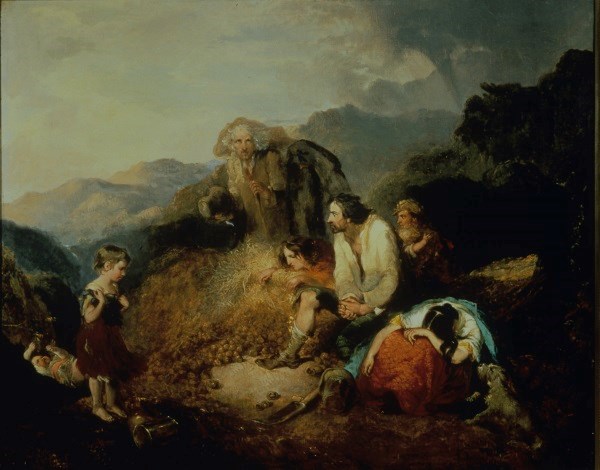
It’s a shame the perception lasted so long, because the little brown stalwart is so adaptable. It can be grown in various environments and forms the basis of a plethora of meals. Look at it that way and it could only have been put on the earth for humans to consume.
The exact moment the potato was discovered is unclear, but there is archaeological evidence associating it with ancient Peru. The Inca practice of making “chuñu” was long-established. Chuñu was a clever way of dehydrating and mashing potatoes as an easily-stored meal should there be an issue with crops.
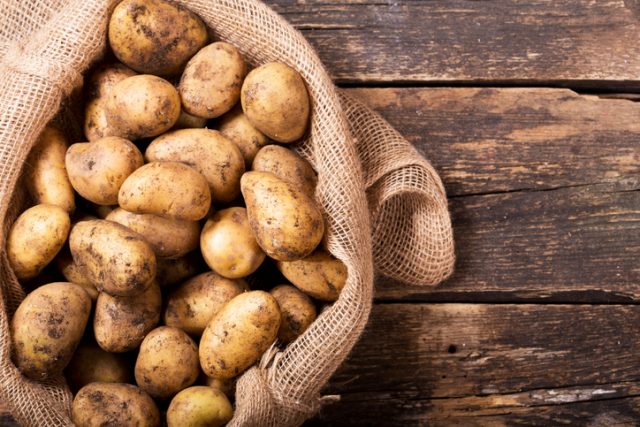
In 2011, a Smithsonian article explored the resurrection of Incan farming techniques to preserve crops and fight climate change. Among the varieties of potato being cultivated for the benefit of future generations were, “huaña, a bitter potato variety that resists hail, frost, droughts and excess rain. After being soaked for days and frozen outdoors overnight to remove the bitterness, the potato is dried and can be stored for years.”
The Incas also saw medical properties in the potato, applying it to injuries. They believed it helped childbirth, such was its power. Indeed, it was accepted in European medicine long before they embraced it as a food item. Potatoes were the edible superstar right under their noses, yet they were too busy feeding it to animals or treating it as a natural freakshow to care.
That perception altered because of one key factor: humanity’s tendency to go to war with itself. Traditional food supplies were dying out under the strain of conflict, and battles couldn’t be won on empty stomachs. It was then that Europe began to see the potato in a new light.
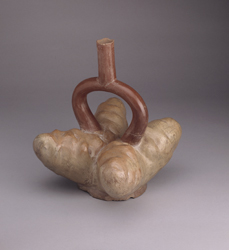
Like many countries, England was resistant to the un-Christian soil dweller. History Magazine refers to “meat-loving England,” where “farmers and urban workers regarded potatoes with extreme distaste.” An endorsement from the prestigious Royal Society in 1662 fell on deaf ears.
It was the Revolutionary Wars that changed peoples’ minds, as tried and tested ingredients became depleted. The spud got a thumbs up from government and began to enter the national consciousness. However certain deep-seated prejudices against the crop were set in stone, and it seemed there was no way round them.
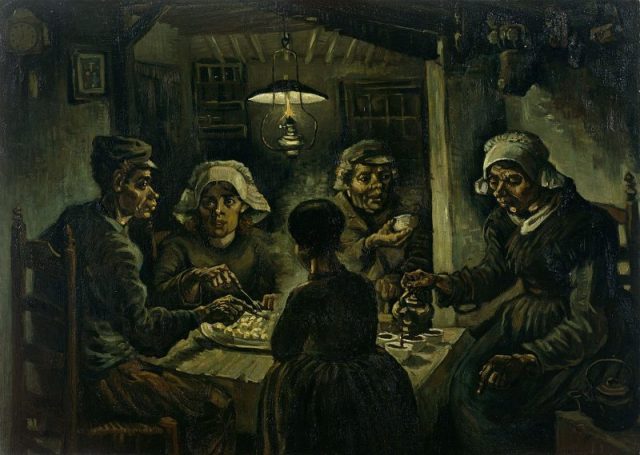
It fell to the great and the good to change the conversation. That’s where Frederick The Great of Prussia comes in. Just as the upper classes in England and elsewhere were appreciating the value of the potato, so Frederick had an enthusiasm for the tuber. He saw within it a means of feeding a starving nation.
Frederick attempted to engage his subjects with potatoes, but received a less than rapturous response. History Magazine details the following exchange:
“When he issued a 1774 order for his subjects to grow potatoes as protection against famine, the town of Kolberg replied: ‘The things have neither smell nor taste, not even the dogs will eat them, so what use are they to us?’”
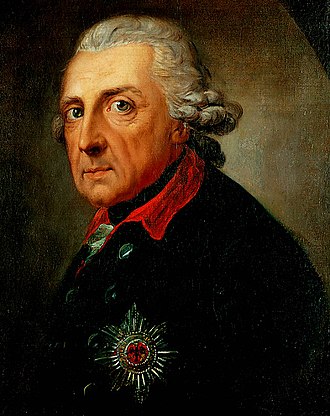
But Frederick (Friedrich) was arguably no ordinary King. The h2g2 website examines why his approach was less conventional than most:
“Why was Friedrich’s interest in his peasants’ diets unusual? In the rest of Europe, while the peasants starved on grain mush and herbs, royal courtiers complained of diseases caused by overindulgence in foie gras. Not at Friedrich’s court: his courtiers complained about the tight budgets and insistence on self-discipline.”
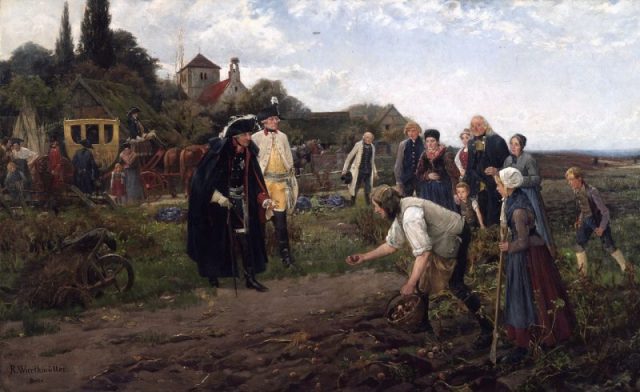
It seems the man in charge ran a lean operation, and expected similarly high standards throughout his kingdom. Frederick also appeared to be sneakier than the average royal. As people on the ground refused to eat the devil’s apple, he devised a plan to get them thinking along different lines.
18 Old English insults we need to bring back
He played to the peasants’ sense of enterprise by cultivating a particular field in a secretive fashion, positioning his guards around it to make people think there was something desirable growing in that royal soil. Something ripe for the pilfering.
Naturally, opportunists took their chance to rummage in the dirt, with Frederick no doubt smiling all the while at his own ingenuity. When they pulled out potatoes they were probably surprised, but then they finally realized this was far more than a dirty lump coveted by godless peoples on the other side of the world.
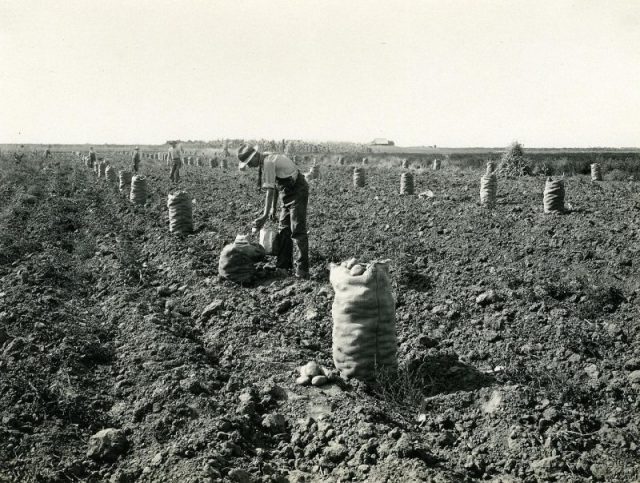
They had learned what a select handful of feasters had known for decades: the all round versatility of the potato, and its miraculous levels of resilience. History Magazine elaborates on this:
“As well as providing starch, an essential component of the diet, potatoes are rich in vitamin C, high in potassium and an excellent source of fiber. In fact, potatoes alone supply every vital nutrient except calcium, vitamin A and vitamin D. The easily-grown plant has the ability to provide more nutritious food faster on less land than any other food crop, and in almost any habitat.”
If only that had been in the Bible, then the potato would have had a far easier ride. As it stands, it took the hectoring behavior of the nobility to set the population straight. Certainly not a fashionable idea by today’s values. Nevertheless, it proved a masterstroke for Europe’s population. Some believe the growth in numbers is down to the injection of potatoes into the food chain. What Frederick did raised the spud’s standing in Prussia from unholy to sinfully delicious.
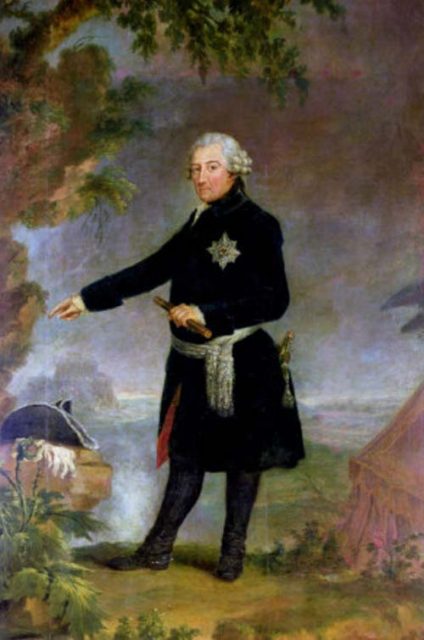
Across the rest of Europe the potato was beginning to take hold of people’s palettes. Ireland, in particular, adopted the tuber as its national dish, though this development resulted in tragedy through the Great Famine of the mid-nineteenth century.
Read another story from us: The reality behind the “Little House on the Prairie”
Overall the story of the potato in Europe has been a successful one, but it got off to the rockiest of starts. It shows how durable the tuber is that it’s managed to survive human indifference to become one of its shopping list essentials. Who knows, it could still be growing long after our species has rotted into the soil of planet Earth.
Steve Palace is a writer, journalist and comedian from the UK. Sites he contributes to include The Vintage News, Art Knews Magazine and The Hollywood News. His short fiction has been published as part of the Iris Wildthyme range from Obverse Books.
